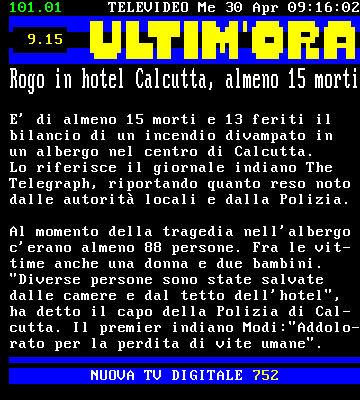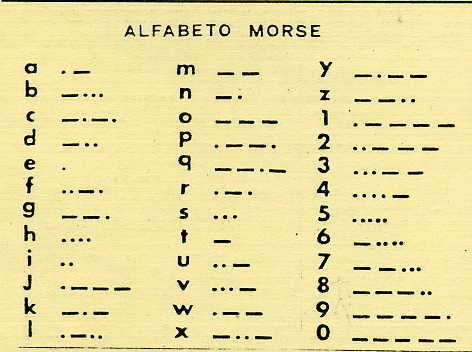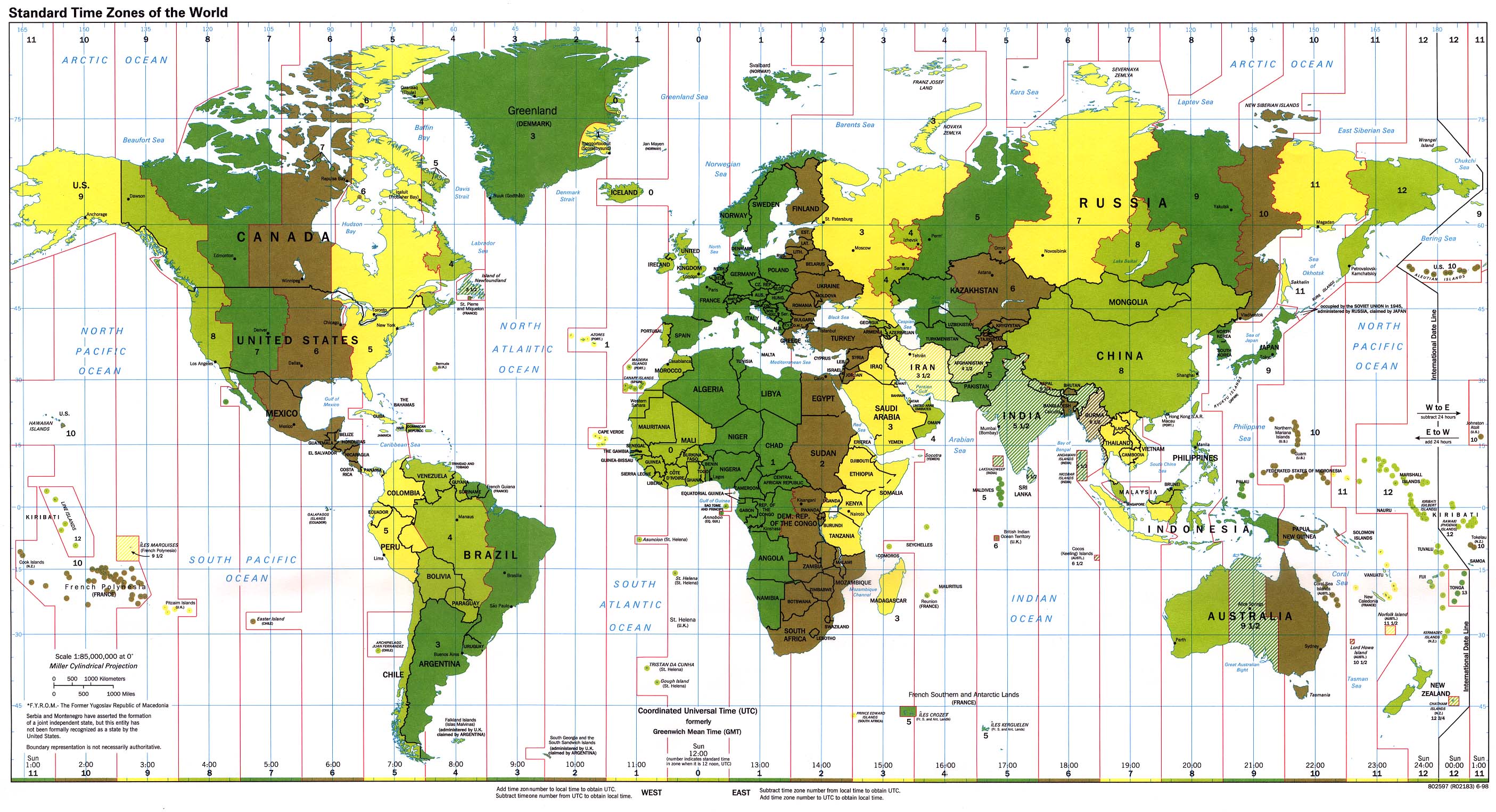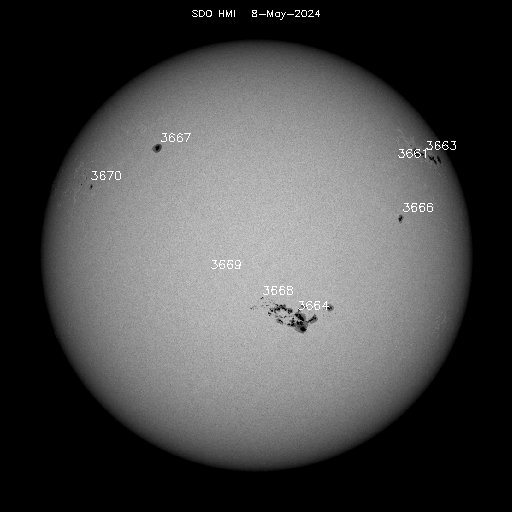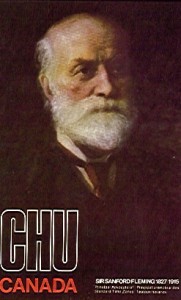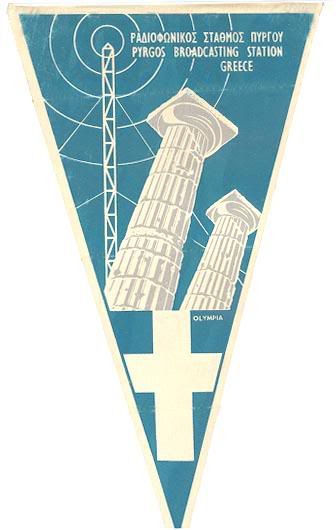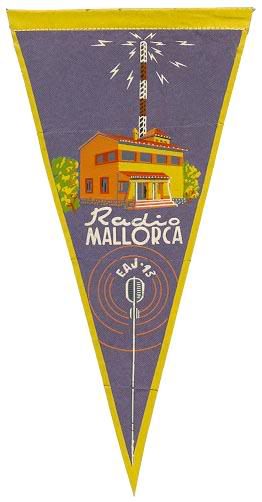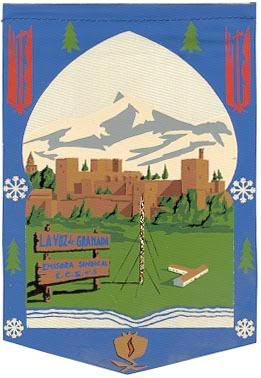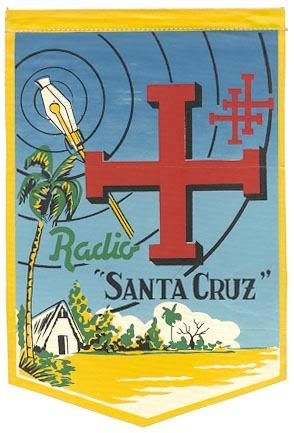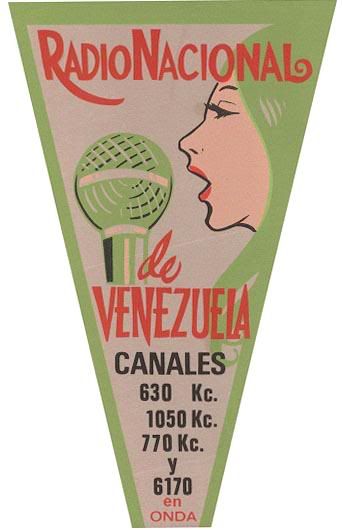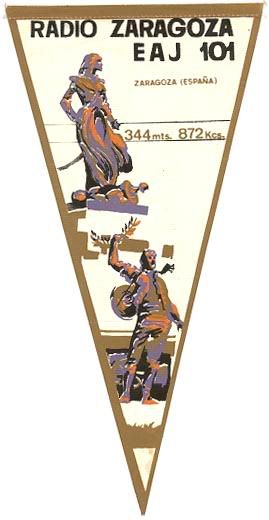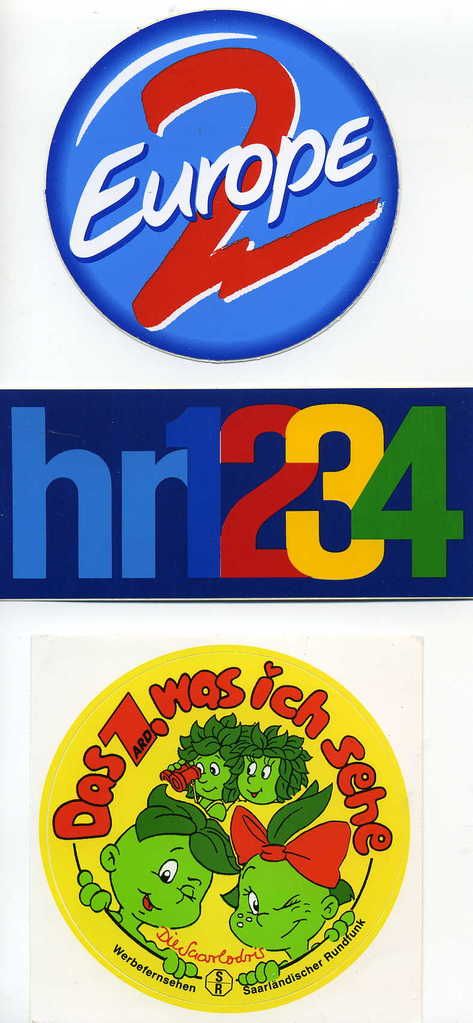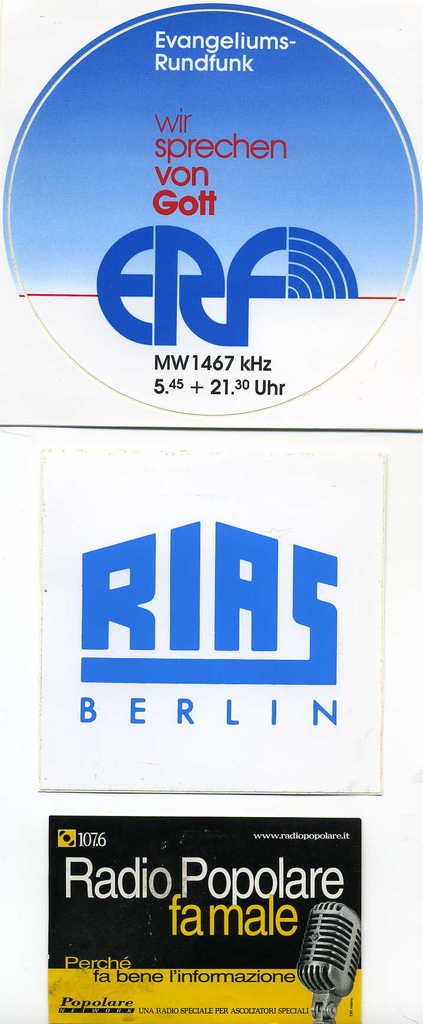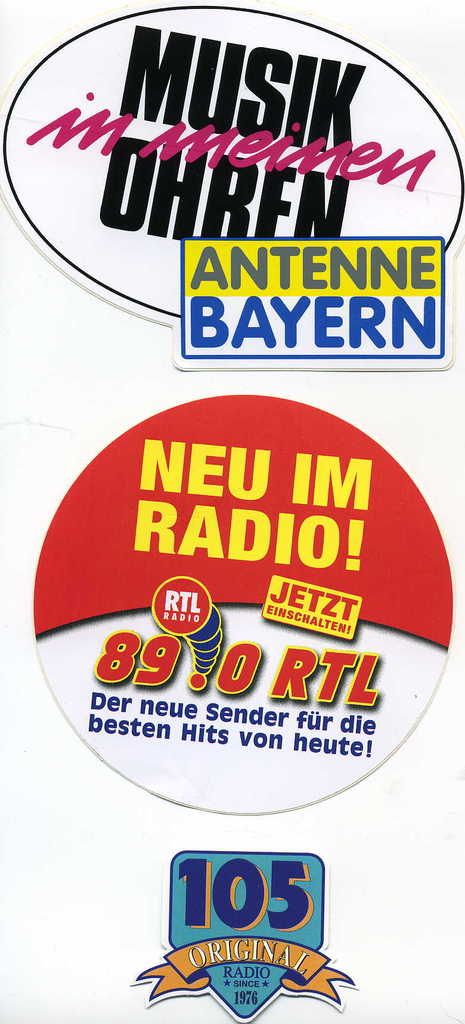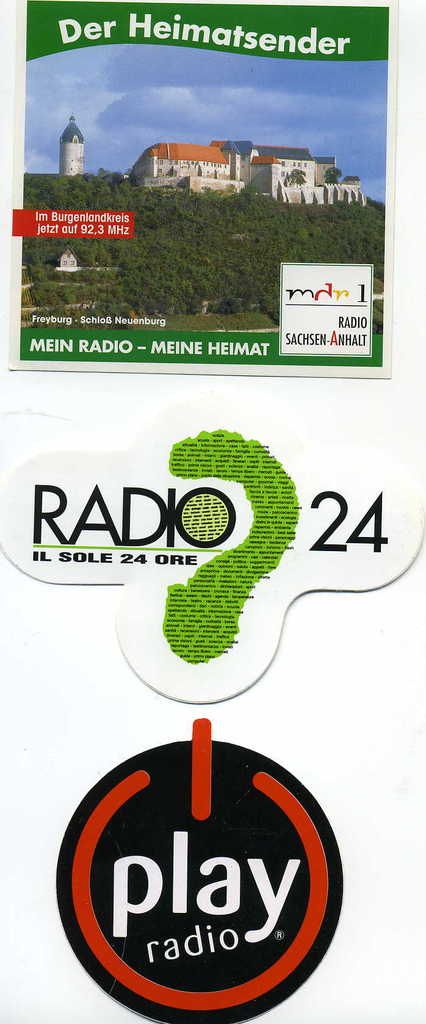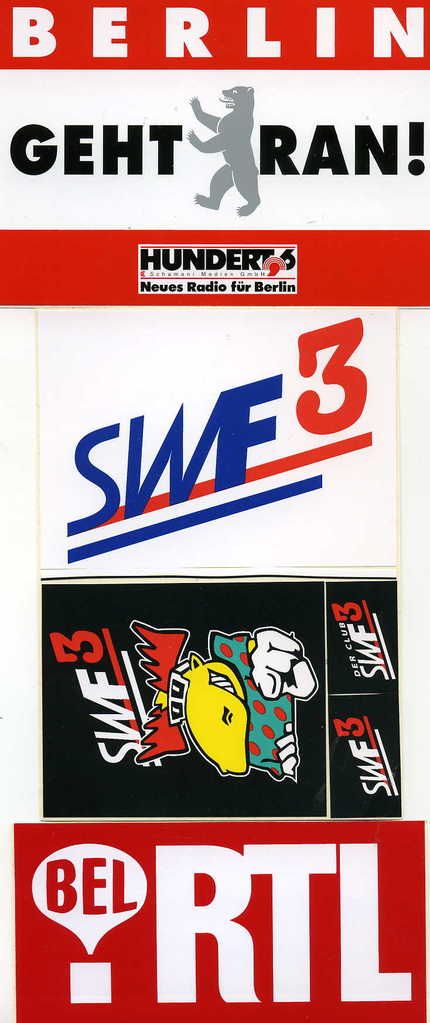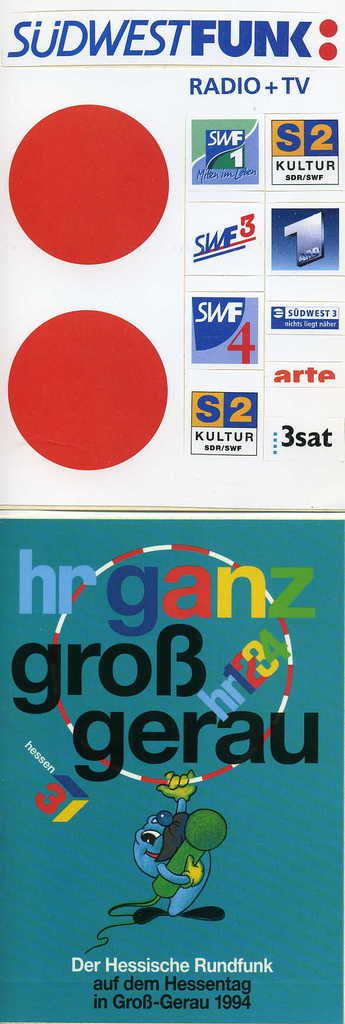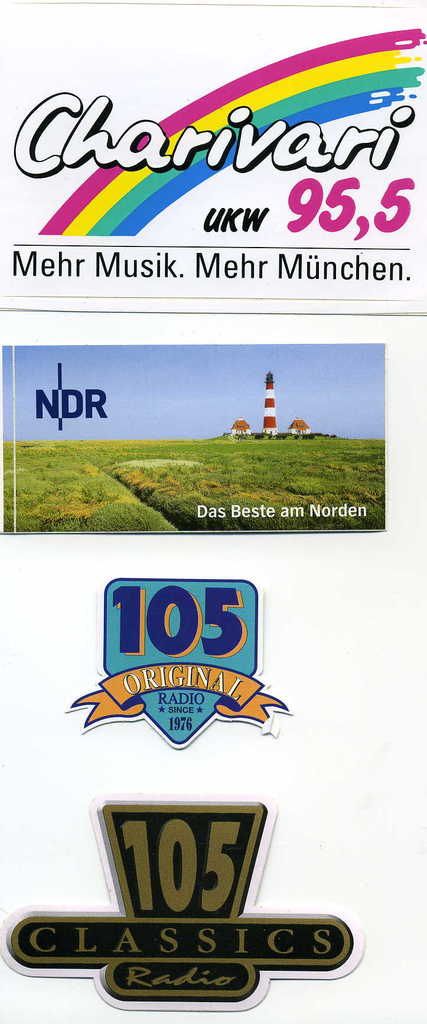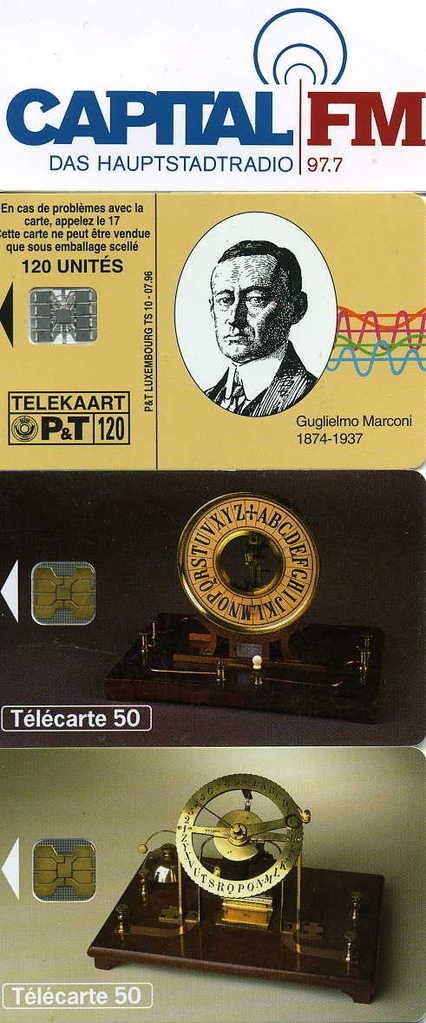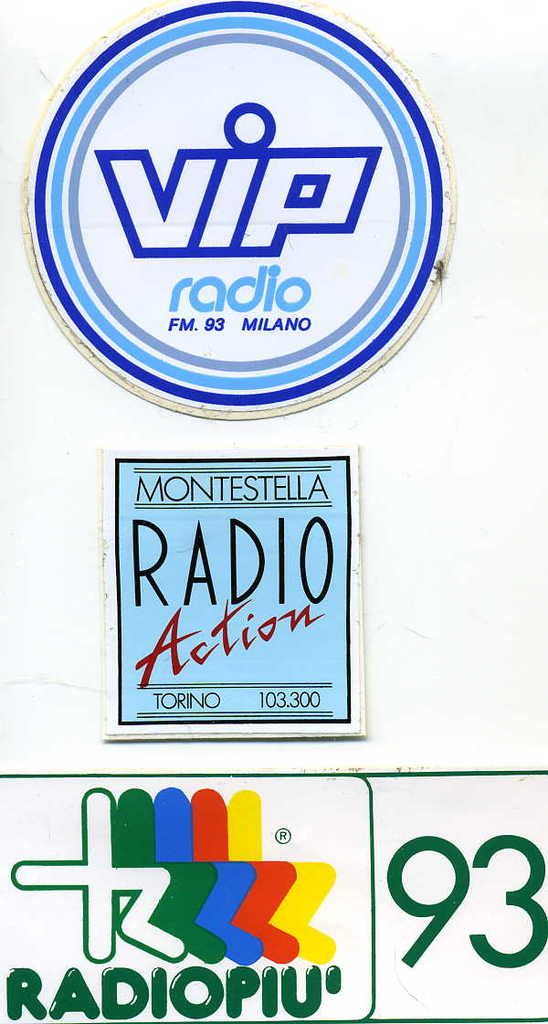radioascolto
Il radioascolto è un hobby fantastico. In questo blog potrete trovare informazioni sul mondo della radio, audioclip, tips, cartoline QSL, adesivi, immagini di impianti e trasmettitori e tante altre cose. Il mio nome è Francesco, sono collaboratore di Radio Hernica e il mio call SWL è I0-5639. Ho una piccola stazione di ascolto composta da un ICOM R71 e un ICOM R72 per le onde lunghe, medie e corte e uno YAESU FRG 9600 per le bande VHF. In viaggio invece utilizzo un Sony SW7600 e una Degen 1103. Ricevitori vintage: Radiomarelli per MW del 1967, Grundig Signal 500 e Grundig Satellit 2100 del 1977. Utilizzo anche diversi software per la decodifica dei segnali digitali: MMSSTV, MULTIPSK, PCALE, PCHFDL. Grazie per aver visitato il blog: commenti, informazioni e tutti i tipi di collaborazione sono sempre benvenuti.http://blog.libero.it/radioascolto/ Disclaimer: Il presente blog non costituisce testata giornalistica, non ha, comunque, carattere periodico ed è aggiornato secondo la disponibilità e la reperibilità dei materiali. Pertanto, non può essere considerato in alcun modo un prodotto editoriale ai sensi della L. n. 62 del 7.03.2001.
RADIO HERNICA 105.9 MHZ FM
http://swli05639fr.blogspot.it/
STORIA DELLA RADIO 2
RADIO BUDABEST ULTIMA TX
IN ITALIANO
RADIO SVIZZERA ITALIANA ANNUNCIO
DISATTIVAZIONE ONDE MEDIE
RADIO PARTINICO. LA RADIO DEI
POVERI CRISTI.
IDENTIFICAZIONE IBF TORINO
STORIA DELLA RADIO
LA RADIO AL MUSEO DELLA
SCIENZA DI MILANO
RAI 1953-1963 10 ANNI DI
TELEVISIONE IN ITALIA
RADIOTRE RAI INTERVISTA SU
GUGLIELMO MARCONI
1945 LO STORICO ANNUNCIO
DI RADIO SARDEGNA
RADIOTRE RAI RICORDA LE
TRASMISSIONI DI RADIO BARI
LATINA "LA RADIO IL SUONO"
QUINTA EDIZIONE
RADIO PARTINICO LA RADIO
DEI POVERI CRISTI
GUERRA IN LIBIA LE TRASMISSIONI
DEL "COMMANDO SOLO"
RACCOLTA DI SEGNALI DI
IDENTIFICAZIONE DEGLI ANNI 70
INTERVISTA A VINDICE LECIS AUTORE
DE "VOCE DELLA VERITA'
RADIO VENCEREMOS. LA VOCE
DEL FRONTE FARABUNDO MARTI'
EL SALVADOR ANNI 80.
VOCI ITALIANE
VOCI DALL'EUROPA
VOCI DAL NORD AMERICA
VOCI DALL'AMERICA LATINA
VOCI DALL'ASIA
VOCI DALL'AFRICA
STAZIONI UTILITY 2
VOCI PIRATA
TAG
| « SPEDIZIONE DX ITALIANA I... | TIPS FROM ROBERTO PAVANELLO » |
CAMBIO DI FREQUENZA PER LA CHUNRC Short Wave Station B Note: One of the transmitters of the shortwave service, CHU, will be changing frequency on January 1, 2009. The 7335 KHz transmitter will be moving to 7850 KHz. For more information check the INMS communique. The program will remain the same, with the announcements of time with the voice and digital data. The frequency of the carrier is still synchronized to an atomic frequency standard and can be used as a new reference frequency. Note: A leap second will be added at the end of December 2008. For more information consult the Leap Seconds. This will be indicated in the digital code until the time of the leap second. DUT1 will go from -0.6 to +0.4 seconds. This will be indicated by double tones near the start of the minute and in the broadcast code. Time accuracy superior to telephone time accuracy is available throughout Canada and in many other parts of the world by means of NRC's radio time signals broadcast continuously from short wave radio station CHU. If corrections are made for the propagation delay from CHU to the user, and for delays in the user's receiver, an accuracy of better than 1 ms can be obtained. Signal availability at a user's location depends on ionospheric conditions. CHU also broadcasts a time code which can be decoded with common computers and modems. Three frequencies are used: 3330, 7335, and 14 670 kHz. The transmission mode, upper single sideband with carrier re-inserted, provides time signal service without requiring a special SSB radio, and also provides three standard frequencies. The frequencies are derived from one of a trio of closely synchronized atomic clocks located at the transmitter site. Three clocks are employed to permit majority logic checking. CHU time signals are also derived from these clocks. The clocks at the CHU transmitter site, about 20 km from NRC's time laboratory, are compared daily with the NRC primary cesium clocks. Normally CHU's emission times are accurate to 10-4 s, with carrier frequency accuracy of 5x10-12, compared to NRC's primary clocks, which are usually within 10 microseconds and 1x10-13 compared to UTC. UTC is the international official time reference. It is constructed by the Bureau International des Poids et Mesures (BIPM), based on the average of laboratory and commercial atomic clocks located in laboratories around the world. It is steered in frequency using the primary cesium standards (such as those at NRC) located at some of the major time laboratories. UTC loosely follows the irregularities of the astronomical time scale UT1, which is needed in astronomical observations and in celestial navigation. Since 1972, leap seconds have been used to keep UTC within 0.9 s of UT1. The difference [UT1- UTC] is called DUT1, and this fraction of a second [-0.8 s to +0.8 s] is broadcast by means of an internationally accepted code. To decode the size of DUT1, in tenths of a second, a user counts the number of emphasized seconds markers in one minute. For CHU, the emphasized seconds pulses are split, so that a double tone is heard. When the emphasis is on seconds 1 through 8, DUT1 is positive; and when DUT1 is negative, seconds 9 through 16 are used. The first minute of each hour commences with a full 1 s pulse of 1000 Hz tone, followed by 9 s of silence, and then the normal pattern of 0.3 s pulses of 1000 Hz at one-second intervals. The normal pattern for each of the next 59 minutes starts with a 0.5 s 1000 Hz pulse, followed by the DUT1 code employing split 0.3 s pulses where required, and normal 0.3 s pulses up to and including that at 28 seconds. The pulse at 29 seconds is omitted. Following the normal pulse at 30 seconds, for a 9 s period, 1000 Hz pulses of 0.01 s occur, each followed by the CHU FSK digital time code described in CHU Broadcast Codes. The pulses between 40 and 50 seconds are of normal length. In the final 10 s period of each minute a bilingual station identification and time announcement is made, with the 1000 Hz seconds pulses shortened to "ticks". Each minute's announced time refers to the beginning of the pulse which follows. Since April 1, 1990, the announced time is always UTC. The CHU station is located 15 km southwest of Ottawa at 45º 17' 47" N, 75º 45' 22" W. Main transmitter powers are 3 kW at 3330 and 14 670 kHz, and 10 kW at 7335 kHz. Individual vertical antennas are used for each frequency. The electronics systems feeding the transmitters are duplicated for reliability, and have both battery and generator protection. The generator can also supply the transmitters. The announcements are made by a talking clock using digitally recorded voices. Historical InformationRadio station CHU is operated by the Institute for National Measurement Standards at the National Research Council of Canada. The call letters CHU were first used for Canadian time transmission in 1938, on the modern frequencies, 3330 KHz, 7335 KHz and 14670 KHz. Before that the call letters of essentially the same transmissions were VE9OB. The carrier frequency has been the specified standard since 1934; before that the quartz oscillators had been tuned to standard wavelengths. Continuous transmissions at a wavelength of 20.4 m had started in 1933, joining the 40.8 m and 90 m transmissions, which began in 1929 (daytime only). Daily transmission on a wavelength of 52.5 m had begun in 1928 under the call letters 9CC (later VE9CC), but ceased with the startup of 40.8 m operation. 9CC had started experimental time transmission in 1923 on 275 m, and license 3AF had operated in 1922. Thus there is quite a range of possible dates to assign to the establishment of CHU; we lean towards 1929 as being the start of daily time transmissions at essentially the modern frequencies. Of course there has been quite a change in equipment and accuracy over the years, but the largest improvement was with the change to cesium atomic clocks in 1967. In 1970 the responsibility of operating CHU was transferred from the astronomers at the Dominion Observatory, to the physicists at the National Research Council. Since 1970, the National Research Council has been charged with maintaining official time for Canada. The short wave radio station CHU is one, but only one of the ways that official time is disseminated across Canada. Following internationally accepted recommendations, Canada and other countries have official time scales in agreement within 10µs. Since CHU's transmissions are well within 100µs of official Canadian time, for all distant users of CHU, the dominant source of time error comes from the radio wave path reflecting off the ionosphere as the radio signal travels from the transmitter (in Ottawa, Ontario, Canada) to the user. The time delay is 3.3µs per km of path, and generally varies by less than 1ms, due to uncertainties in path including the uncertainty in the number of skips made by the radio wave (reflections down from the ionosphere and back up from the surface of the Earth). For a fixed receiver when the number of skips does not change, the variation in the path delay will usually be less than 100µs. A small additional delay comes from the radio receiver, and may be significant. Before April 1, 1990, CHU's time announcements were given as Eastern Standard Time. Since that time CHU's time announcements have been given as Coordinated Universal Time (UTC). The change from EST to UTC was done to remain in the spirit of the recommendations of the International Consultative Committee on Radio: 'that the standard time broadcasts on standard frequencies be given in UTC'. In a narrow sense, since CHU does not broadcast on the frequencies allocated for frequency standards, one might argue that these recommendations do not necessarily apply to CHU. However, since CHU is received across Canada's six time zones and around the world, we made the change when it became possible technically to change from EST to UTC without difficulty. The warble tone at seconds 31 to 39 allow any computer with a Bell 103 compatible 300 bps modem to receive and decode an accurate source of time. The details on the CHU broadcast code can be found here. Reception reports from around the world, are gladly accepted from listeners. We will respond with a QSL card. Please send reception reports to: Radio Station CHU Or by e-mail to radio.chu@nrc-cnrc.gc.ca |
GENTE DI RADIO
GUGLIELMO MARCONI
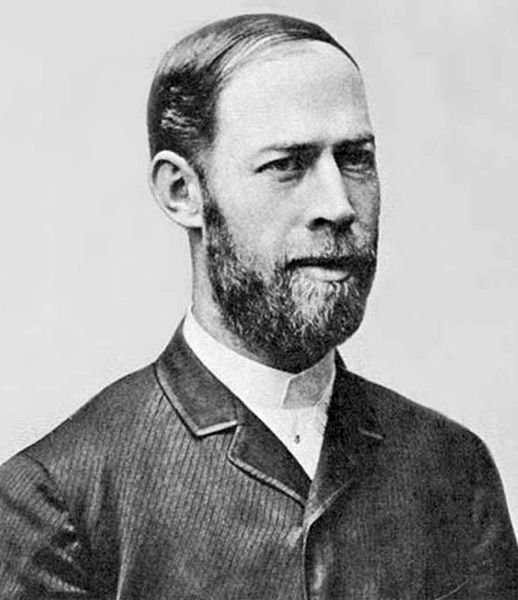
HEINRICH HERTZ

KARL FERDINAND BRAUN
JAGADISH CHANDRA BOSE

PADRE LANDELL DE MOURA
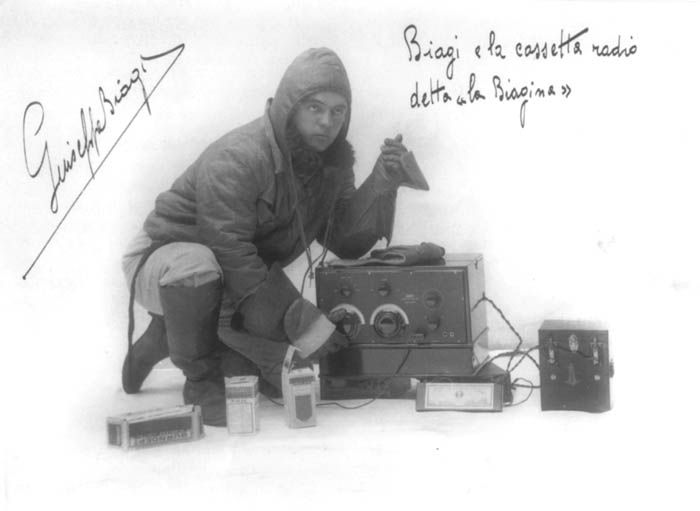
GIUSEPPE BIAGI

NICOLAJ SCHMIDT

GEORGE ORWELL

ORSON WELLS
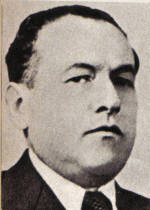
LEOPOLD TREPPER

CARLO ROSSELLI

COLONNELLO STEVENS

J. PHILLIPS E H. BRIDE

SILVIO GIGLI

JEAN LEOPOLD DOMINIQUE

HUMAIRA HABIB

PEPPINO IMPASTATO

ERNESTO GUEVARA DE LA SERNA
LUIGI POLANO "LO SPETTRO"
STICKERS
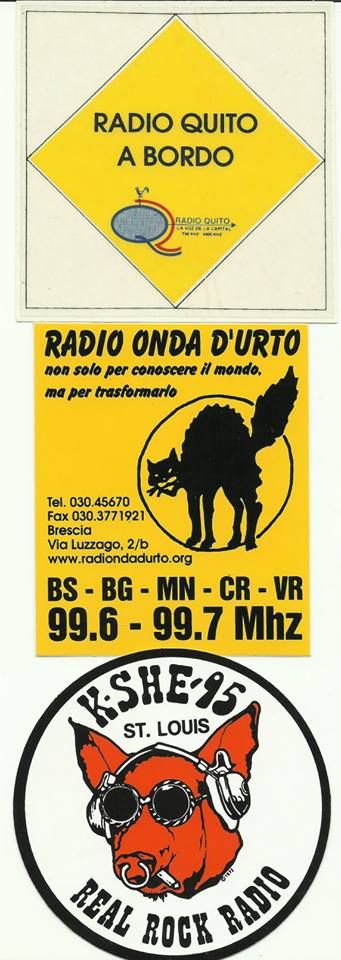


CERCA IN QUESTO BLOG
CHI PUÒ SCRIVERE SUL BLOG
I messaggi e i commenti sono moderati dall'autore del blog, verranno verificati e pubblicati a sua discrezione.


